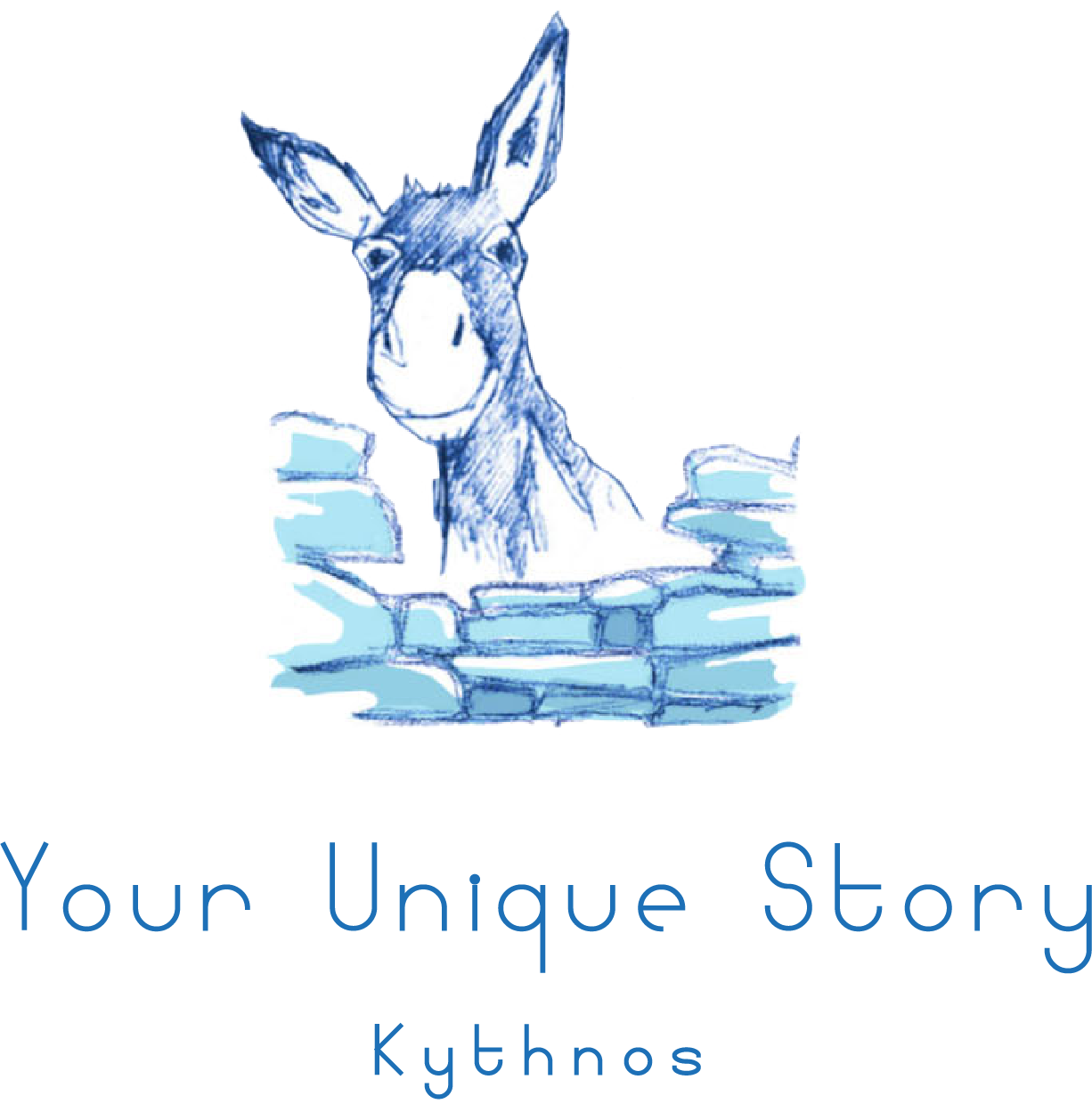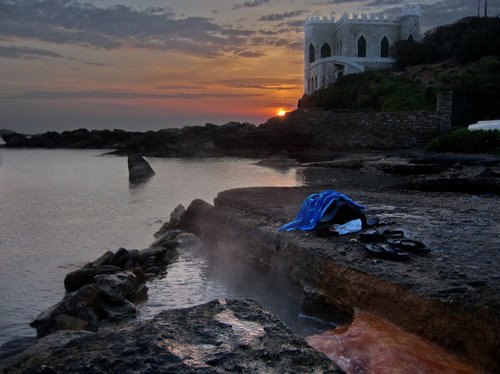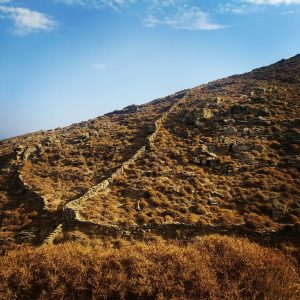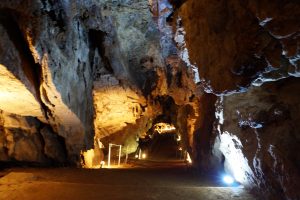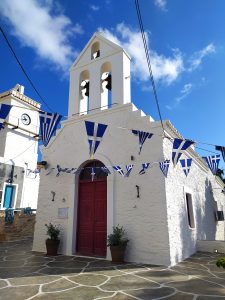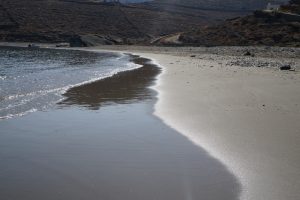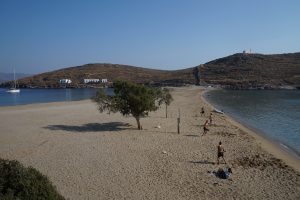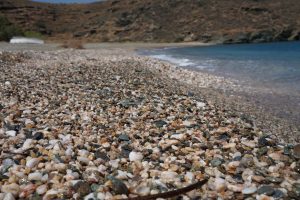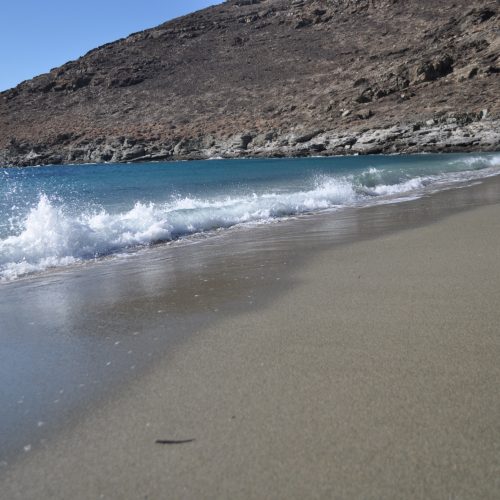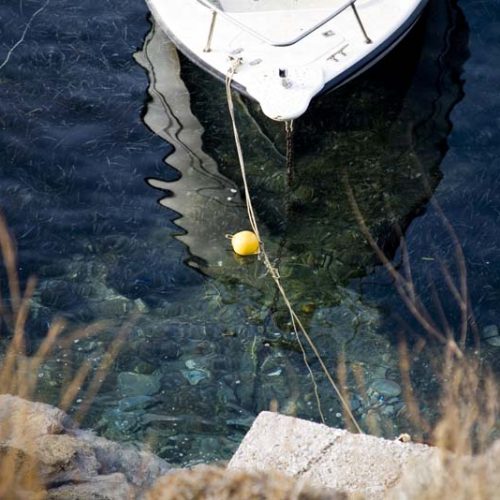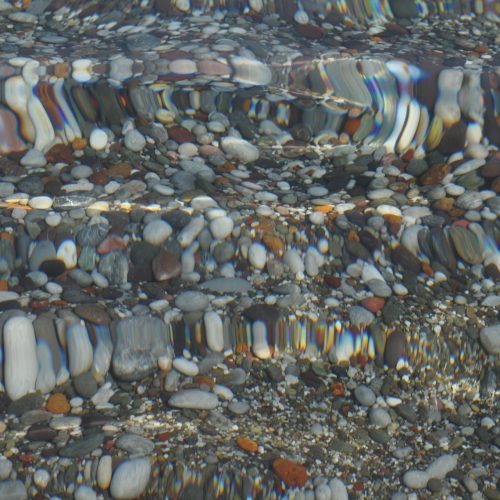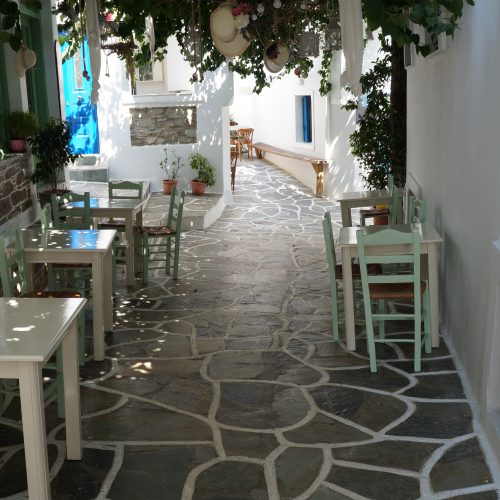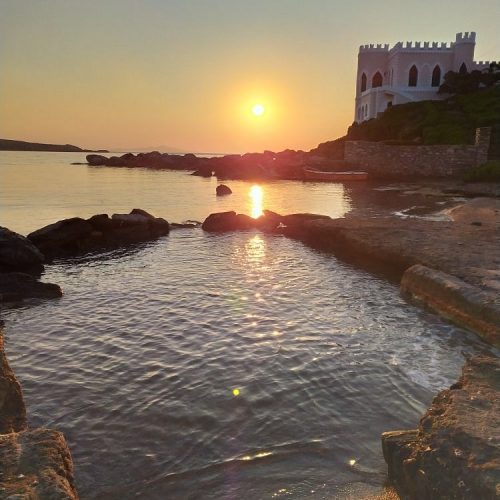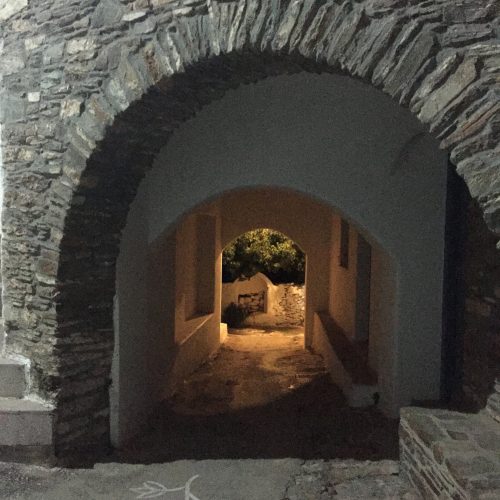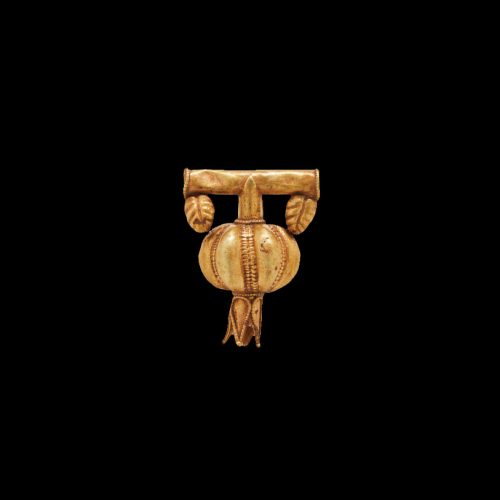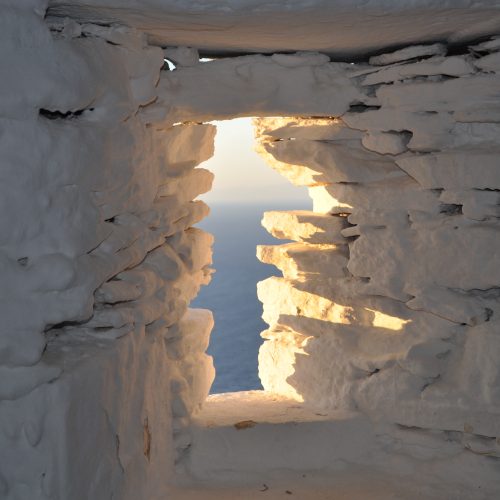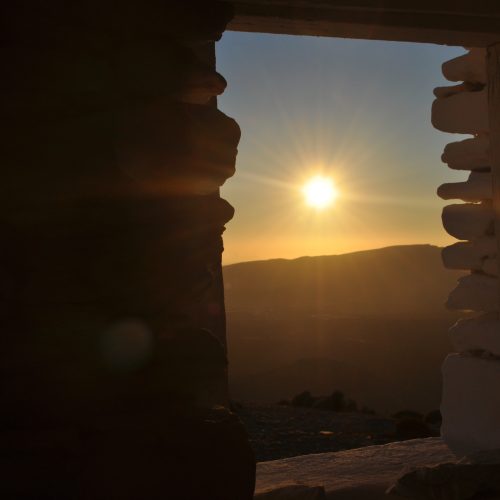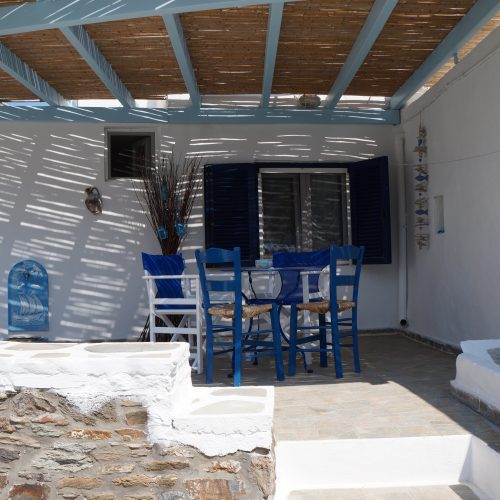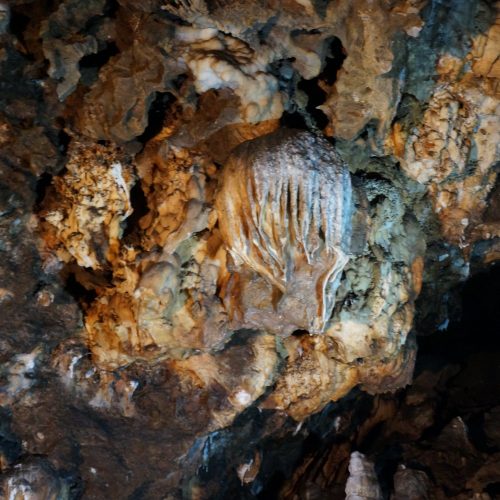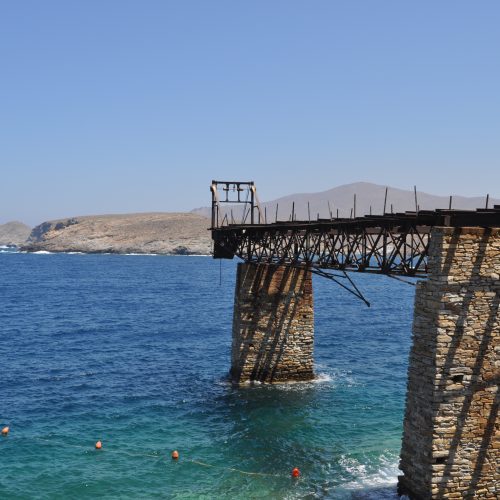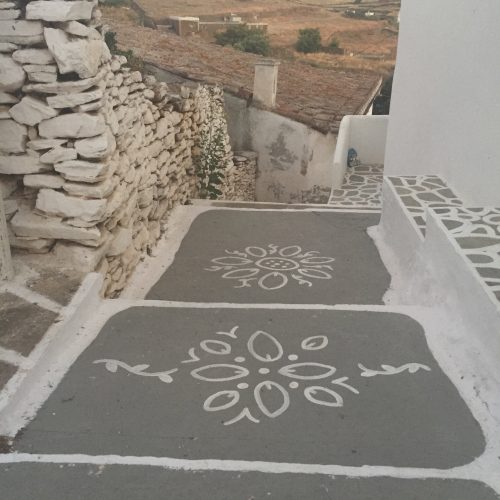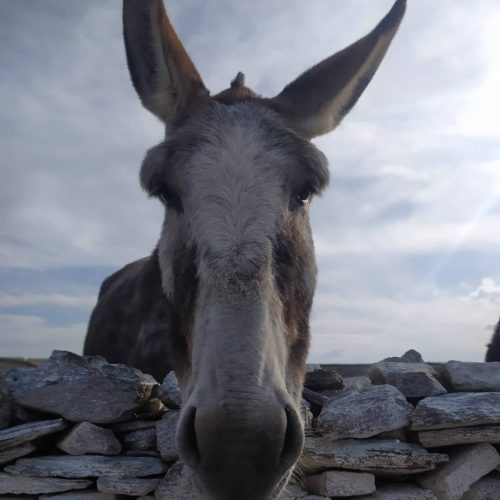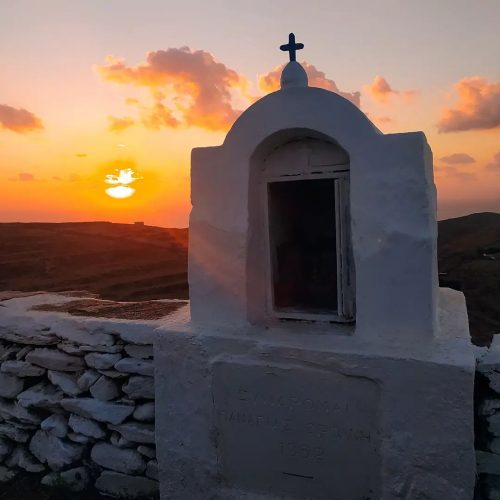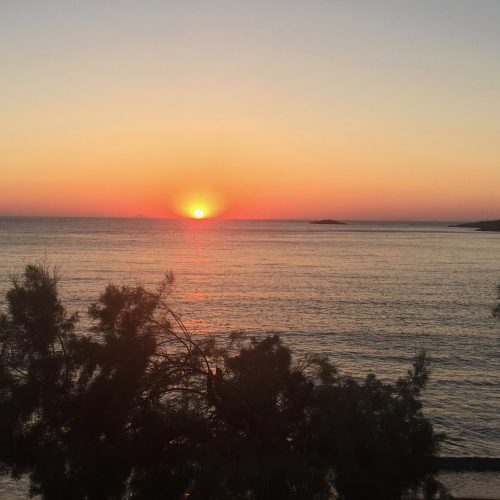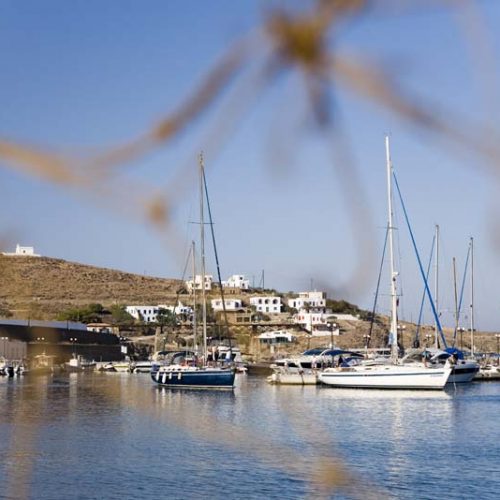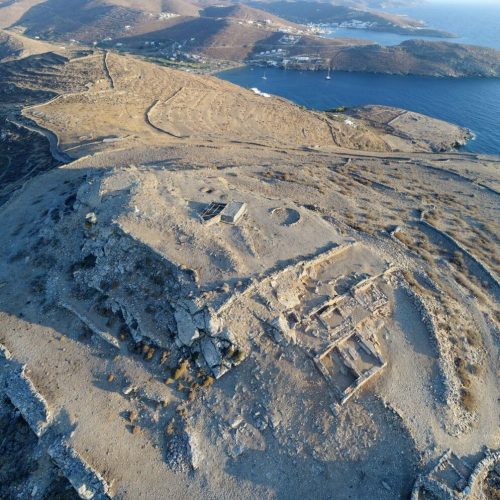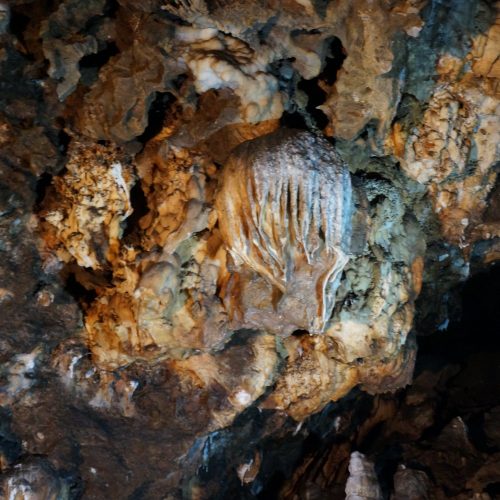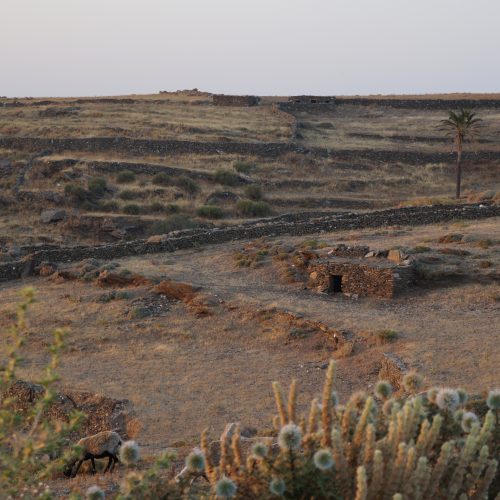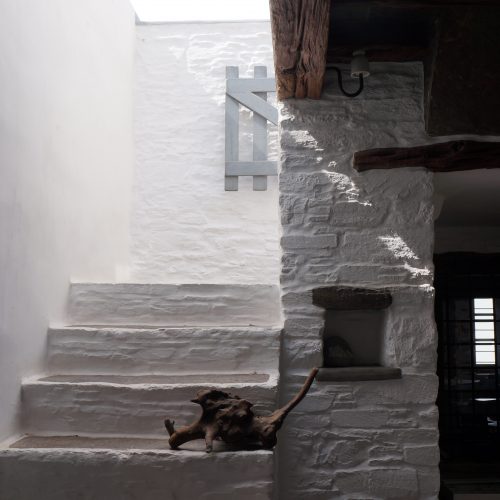Kythnos.
The Experience.
Kythnos is one of the 24 islands of the Cyclades, a magnificent island complex of the Aegean Sea. Kythnos is part of the Western Cyclades and is located between the islands of Kea and Serifos. It’s about 3.5 hours by ferry from the port of Piraeus and just under 2 hours from the port of Lavrio. It is also known as Thermia, a name that goes back to the 12th century and is a paraphrase of the Greek word “Therma” which means warm, due to the existence of hot springs on the island, located in the bay of Loutra. There are two hot springs. The first, which is a mineral water spring, is called Agioi Anargyroi and the second, the so-called spring of Kakavos, is located at a distance of 50m. from the first, and contains sodium iodide, bromide and chloride water with a temperature that reaches 52 degrees Celsius. The waters of these springs have been proved to be suitable for the treatment of rheumatism, arthritis and gynecological problems.
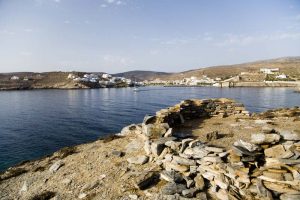 The history of Kythnos goes back to ancient times, when the Dryopes and their mythical king Kythnos, the son of god Apollo, inhabited the island, hence how it got its name. It was also known as Dryopis or Ofiousa. In ancient times, there was a thriving ionic colony in Kythnos. The ancient Kythnians were also involved in shipping and took part in the Persian wars with trireme and quinquereme battle ships. The ancient state of Kythnos was famous for its eunomia, to which Aristotle dedicated a special study in his work “About Kythnos State”, a work that unfortunately wasn’t rescued. One of the earliest towns from the ancient times in the Cyclades was discovered recently on the island’s northeast shore, near Loutra, in Maroulas point. Organic samples were certified and prove that the site dates back to a time between the 9th and 8th millennium BC, that is, in the Mesolithic period. The excavations brought to the surface the remains of circular constructions, which were probably used as living quarters, including several tombs.
The history of Kythnos goes back to ancient times, when the Dryopes and their mythical king Kythnos, the son of god Apollo, inhabited the island, hence how it got its name. It was also known as Dryopis or Ofiousa. In ancient times, there was a thriving ionic colony in Kythnos. The ancient Kythnians were also involved in shipping and took part in the Persian wars with trireme and quinquereme battle ships. The ancient state of Kythnos was famous for its eunomia, to which Aristotle dedicated a special study in his work “About Kythnos State”, a work that unfortunately wasn’t rescued. One of the earliest towns from the ancient times in the Cyclades was discovered recently on the island’s northeast shore, near Loutra, in Maroulas point. Organic samples were certified and prove that the site dates back to a time between the 9th and 8th millennium BC, that is, in the Mesolithic period. The excavations brought to the surface the remains of circular constructions, which were probably used as living quarters, including several tombs.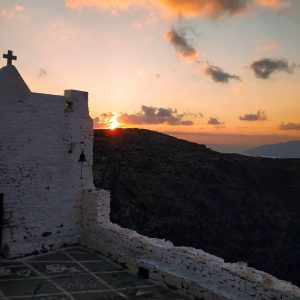
The most important archeological site of Kythnos is Vryokastro or Rigokastro. It was the main city of Kythnos during ancient times and was inhabited from the 10th century BC until the first period of the Middle Ages. In this specific site, among other findings, there are archaeological shrines such as the temple of the god Apollo and the goddess Diana and its twin sanctuary god of Asclepius and the goddess Aphrodite, as well as other constructions. There were also Early Christian temples among the findings. The collaborative excavation research carried out by the Archeology Department of History, Archeology and Social Anthropology University of Thessaly and the office of Cyclades Antiquities of the Ministry of Culture, recently lead to exceptionally important results. After 30 years of field research, the continuation of excavations is currently leading to the creation of an organized archaeological site that will operate parallel to the Archaeological Museum of the island, which is to be inaugurated during 2022, a project extremely important for the protection and promotion of the cultural heritage of Kythnos.
Kythnos is a typical example of an island of the Cyclades. The eye cannot escape the naked rocks and countless dry stone walls, endless rows of irregularly shaped stones, standing without any binders. As a technique it is found all over the world, from the Cyclops walls in Mycenae and the ancient castle of Milos in Greece, to the city of Louvandon of the ancient Maya tribe and the Machu Picchu of the Incas in Peru. In combination with some marked as well as unmarked trails, these walls offer a great challenge for those who love hiking and seek to find something authentic, and in the meantime experience the history, culture and wild natural Cycladic beauty of the island. Paths that pass through picturesque settlements, chapels, springs, windmills, beautiful beaches, castles, farm houses and spa springs are some of the treasures you will discover while walking.
Another treasure of the island is the well-known Katafyki cave, whose Greek name suggests that it is a place used as a refuge for the inhabitants at various times in its history, apart from being a natural food storage point and a gathering spot for leisure and parties. It is probable that in ancient times, but also after 1835, according to reports, iron mining was practised in the cave, signs of which are visible until today. The cave is located at the southern end of Dryopida and is a pole of attraction for its history, but also fascinates visitors with its impressive stalactite and stalagmite formations, and holds an abundance of fossils for one to admire during their visit.
The prominent architecture of the Cyclades, which became a reference model for modern architecture, is distinct in almost every corner of Kythnos. The traditional unique and charming houses, in perfect harmony with the natural environment, are built in recesses, in rocks, use cavities for tanks and storage areas and are protected from wind and rain. The so-called “cells”, the small stone blocks which were used by shepherds to guard and protect themselves and their animals, exist in a huge range of sizes and represent another aspect of the island’s cultural heritage.
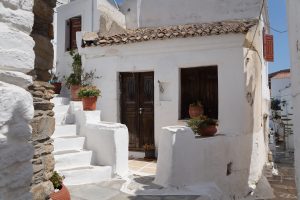
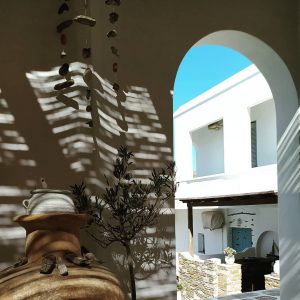
Hora, the capital of Kythnos is the guardian of Cycladic traditional architecture, through small squares and picturesque cobbled streets with traditional neoclassical mansions and traditional Cycladic houses, beautifully colored doors and windows, whitewashed stairwells, arches and roofs, churches, windmills and other structures, testifying to the Cycladic color and the authenticity of the island’s identity.
Dryopida, with its traditional tiled roofed houses of excellent architecture, old churches, beautiful small squares, picturesque alleys and arches, presents another architectural aspect of the Cyclades with exquisite beauty. Its name is associated with the Dryopes, the first inhabitants of the island in the history of Kythnos. The Village or Sillakka, as the locals call it, takes this name because it is built between hills that make it invisible from the sea, and is known for its long tradition in ceramic art. In both Hora and Dryopida you will find folklore museums with traditional elements of the island, while in Dryopida you will have the opportunity to visit an Ecclesiastical & Byzantine museum with religious exhibits.
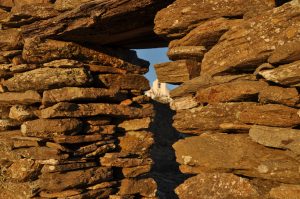 The monasteries, churches and chapels of the island are the connecting link of a simple but incomparable architecture that literally calms their visitors and the ones in faith. It is said that there may be a total of 365 churches in Kythnos, one for each day of the year, for celebration and prayer. You can visit temples, centuries old, at the base of Cycladic paths or on the small hills of various parts of Kythnos and immerse yourself in the picturesque presence of a wonderful, simple, traditional sanctuary that helps you to reconnect with unique emotions.
The monasteries, churches and chapels of the island are the connecting link of a simple but incomparable architecture that literally calms their visitors and the ones in faith. It is said that there may be a total of 365 churches in Kythnos, one for each day of the year, for celebration and prayer. You can visit temples, centuries old, at the base of Cycladic paths or on the small hills of various parts of Kythnos and immerse yourself in the picturesque presence of a wonderful, simple, traditional sanctuary that helps you to reconnect with unique emotions.
The church of Panagia Kanala, which is considered miraculous, was named so because the icon of Holy Mary was found by fishermen in the narrow canal between Kythnos and Serifos. This is where her icon was hagiographed in the 17th century and is an excellent work example of the Cretan school of icons painting.
On October 1, 2016, the reception of a fragment of his Holy Relics Saint Ignatius from Mariupol, Ukraine, who was born in Kythnos, took place on the island. On the next day, the twinning between the cities was signed between the Municipality of Kythnos and the Municipality of Mariupol of Ukraine. This was a significant historical event which has acquired an international dimension in the Greek Orthodox ecclesiastical history and by decision of the Metropolitan bishop of Syros, the capital of Cyclades, a new local religious holiday was established for the island at the end of September, to be celebrated with festive events in honor of the Saint.
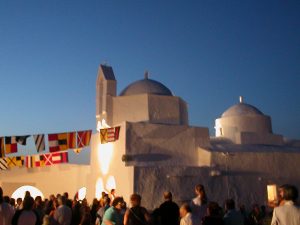 Festivals in Kythnos no longer take place due to the recent pandemic. However, they have always been the most important manifestations of life, fun and enjoyment on the island among its inhabitants, but also those who were lucky enough to be present at the time. Clearly, festivals provide an opportunity for religiosity and socialization within the context of participation, dancing, and singing. Every family that owns a church that celebrated would organize the annual festival that culminated to a feast until the morning hours. Depending on the season and the celebration, different kinds of food were prepared days before, with the help of relatives and friends, in order to host a crowd of people to the sounds of musical instruments, and the whole island became one big hug, experiencing an unsurpassed feeling of joy and merriment. Fortunately, certain customs and practices continue to revive to the permissible degree in the whitewashed alleys and their refreshed paintings on the occasion of the coming holidays.
Festivals in Kythnos no longer take place due to the recent pandemic. However, they have always been the most important manifestations of life, fun and enjoyment on the island among its inhabitants, but also those who were lucky enough to be present at the time. Clearly, festivals provide an opportunity for religiosity and socialization within the context of participation, dancing, and singing. Every family that owns a church that celebrated would organize the annual festival that culminated to a feast until the morning hours. Depending on the season and the celebration, different kinds of food were prepared days before, with the help of relatives and friends, in order to host a crowd of people to the sounds of musical instruments, and the whole island became one big hug, experiencing an unsurpassed feeling of joy and merriment. Fortunately, certain customs and practices continue to revive to the permissible degree in the whitewashed alleys and their refreshed paintings on the occasion of the coming holidays.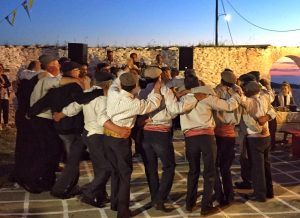
The music and dance tradition of Kythnos, directly connected to the festivals, offers the opportunity to young people and those who feel young to dance the traditional, opposite-looking ‘ballos’ dance, with figures that, if you are there to observe and admire, make the experience unforgettable and fill you with strong emotions. The sirtos and the karsilamas are other types of dances that continue to be traditionally danced at feasts and festivals. Violins and lutes are the basic pair of musical instruments or ‘scales’ as they are called in Kythnos. The ‘tsambouna’, a type of bagpipe instrument, is one of the oldest musical instruments and can still be heard in events on the island, mainly during Carnival celebrations.
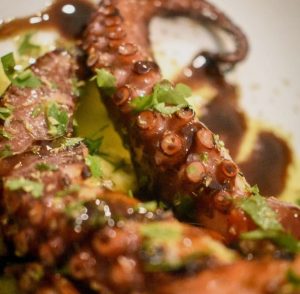 The restaurants of the island are true representatives of gastronomic cuisine. Among them are picturesque taverns owned by locals that serve delicious traditional recipes made from domestic products and homegrown meat, as well as fish from the clear waters of Kythnos. These recipes are prepared by second and sometimes third generation owners, executed with love and hospitality, leaving no room for indifference toward the local cuisine. With the passage of time and the gradual development of the island, new restaurants of equal quality appeared, offering alternative food suggestions, worthy of the taste and quality standards of Kythnos, so the visitor has the option of choosing among a gastronomic diversity equivalent to that of any big city. Also, the bakeries and cafes are a must — confectioneries that make delicious sweets, sesame seed honey bars which are traditionally offered at weddings, almond fondants, but most definitely you have to try the local cheese pie, the famous ‘pita’ made with Kythnos cheese, eggs and fennel and of course the ‘kolopi’, the local herb pie. The absolute gourmet supplies to take back home must include the pure local thyme honey and, for the cheese lovers, the local goat cheese, the unsalted “xino” or the salted “trima” that has a sourer taste, the unique spicy cheese ‘kopanisti’ as well as the local feta. Don’t miss the capers which are hand-picked from the rocks of Kythnos and the traditional barley rolls with anise.
The restaurants of the island are true representatives of gastronomic cuisine. Among them are picturesque taverns owned by locals that serve delicious traditional recipes made from domestic products and homegrown meat, as well as fish from the clear waters of Kythnos. These recipes are prepared by second and sometimes third generation owners, executed with love and hospitality, leaving no room for indifference toward the local cuisine. With the passage of time and the gradual development of the island, new restaurants of equal quality appeared, offering alternative food suggestions, worthy of the taste and quality standards of Kythnos, so the visitor has the option of choosing among a gastronomic diversity equivalent to that of any big city. Also, the bakeries and cafes are a must — confectioneries that make delicious sweets, sesame seed honey bars which are traditionally offered at weddings, almond fondants, but most definitely you have to try the local cheese pie, the famous ‘pita’ made with Kythnos cheese, eggs and fennel and of course the ‘kolopi’, the local herb pie. The absolute gourmet supplies to take back home must include the pure local thyme honey and, for the cheese lovers, the local goat cheese, the unsalted “xino” or the salted “trima” that has a sourer taste, the unique spicy cheese ‘kopanisti’ as well as the local feta. Don’t miss the capers which are hand-picked from the rocks of Kythnos and the traditional barley rolls with anise.
Last but not least, the island is famous for its 99 bays, coves, and beaches, each of which has something unique to offer — everyone has at least one that they consider their favorite! As a strong advantage, the entire coastline of Kythnos boasts a large number of accessible beaches that offer either the luxury of a beach resort, or the simplicity of the shade from the tamarisk trees and the picturesque Cycladic naked landscape, where you will definitely need to be equipped and be protected by the Greek sun. You can access the beaches by car, on foot or by boat, including daily rentals and even boat ride services from the port of Mericha with the ‘latza’, the small fishing boat.
Sandy, with white pebbles, finer pebbles, with deeper or more accessible waters, always deep blue, transparent and cool, the beaches of Kythnos give you the opportunity to find yourself alone on one of them, moor your boat, or have your cocktails in the few beach bars. Whichever side the wind blows or even during the strong aegean ‘meltemi’, there will definitely be a beach that will allow you to enjoy your swim. And of course, there is the beach in Loutra, located in the homonymous old port and seaside area, which combines cool sea water at one end and hot spring water on the other. The hot water gushing in its southern part comes from Kakavos hot thermal springs which flows into the sea and mixes with its cool waters. Here, a small natural pool has formed, with a temperature that reaches up to 25 degrees Celsius and remains constant throughout the year.
ENJOY YOUR VISIT!
